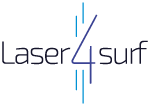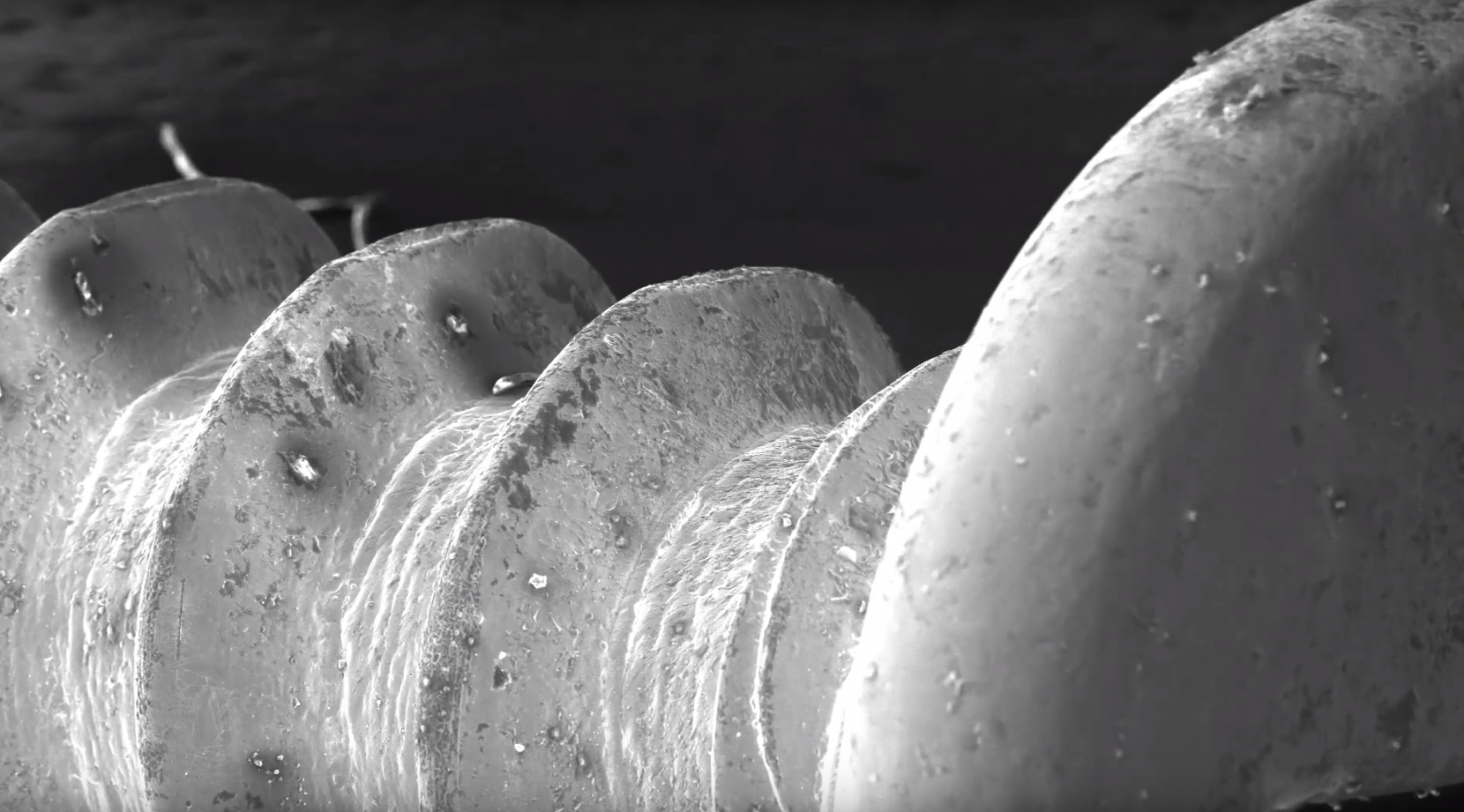Marilys Blanchy is a Research & Development project manager at Rescoll. The French technology center is specialized in polymer science, adhesive and coating and has a subsidiary where medical devices as orthopedics and dental implants are produced. Mrs Blanchy talks to ESCI about the challenges of producing the next generation of implants and Rescoll’s role within the EU funded research project Laser4Surf.
What do you want to achieve in the Laser4surf project?
Blanchy: Actually, the medical device area is now innovating a lot. The challenge is to work with so-called inert materials that have a low cell affinity but need more interaction between materials and organisms. Materials need to induce a good osteointegration; this means a good structural bonding between the medical device and human cells. With Laser4Surf we are looking for a new surface treatment which is cleaner, with no chemicals in it, with no harsh treatments; thus allowing a better osteointegration of the device into the body.
Why do you want to treat surfaces in the first place?
Blanchy: The materials we are using for medical devices are biocompatible but inert. Titanium or stainless steel is perfectly adequate and suitable for the applications, but the human cells don’t bond that well with the medical device. To get the bone in contact with the medical device and to ensure a good anchorage of the device into the body, we need to improve the roughness. That is why we are using surface treatments. These already exist, such as acid etching or sand blasting, which give quite good results. But sometimes we need a faster osteointegration, and the contamination of the surface is another important issue today. With Laser4Surf we seek to improve such surface treatments.
How do you know what you need?
Blanchy: First of all, there is a lot of scientific research to evaluate: the body functions, body organisms, just to see the morphology, the topography and things like that. We try to mimic the native environments, more or less. And we are looking at existing surface treatments, so we know it works, we have already some osteointegration; this is a good baseline.
Treating a flat surface is not that complicated. But how would you deal with a 3D object such as a screw?
Blanchy: That is a huge challenge! Not only to get the surface treatments, but to get an inexpensive, complex shape surface treatment. And, if we reach these objectives, we will have a good and attractive technology for medical device applications, I believe. This is the core of the project!
Is the screw the key element of the project?
Blanchy: No. Actually, we are thinking of different shapes. A screw, for example, is very common for dental implants; but we also use screws for orthopedic treatments, for spinal cord repair. We can use plates, which have a more basic geometry, a basic shape. We can think of using this technology for several applications, with different shapes and sizes of implants… it could be a good way to get into the market, actually.
Are lasers becoming the new key technology for the surface treatment of implants?
Blanchy: I think that lasers are a good and very promising technology, because they are clean and highly precise. It might be a costly technology; but the scientific community is taking a keen interest in laser technology. Laser4Surf is a compelling and ambitious project.

